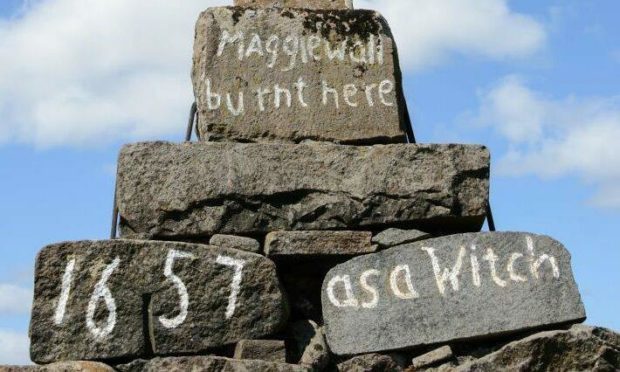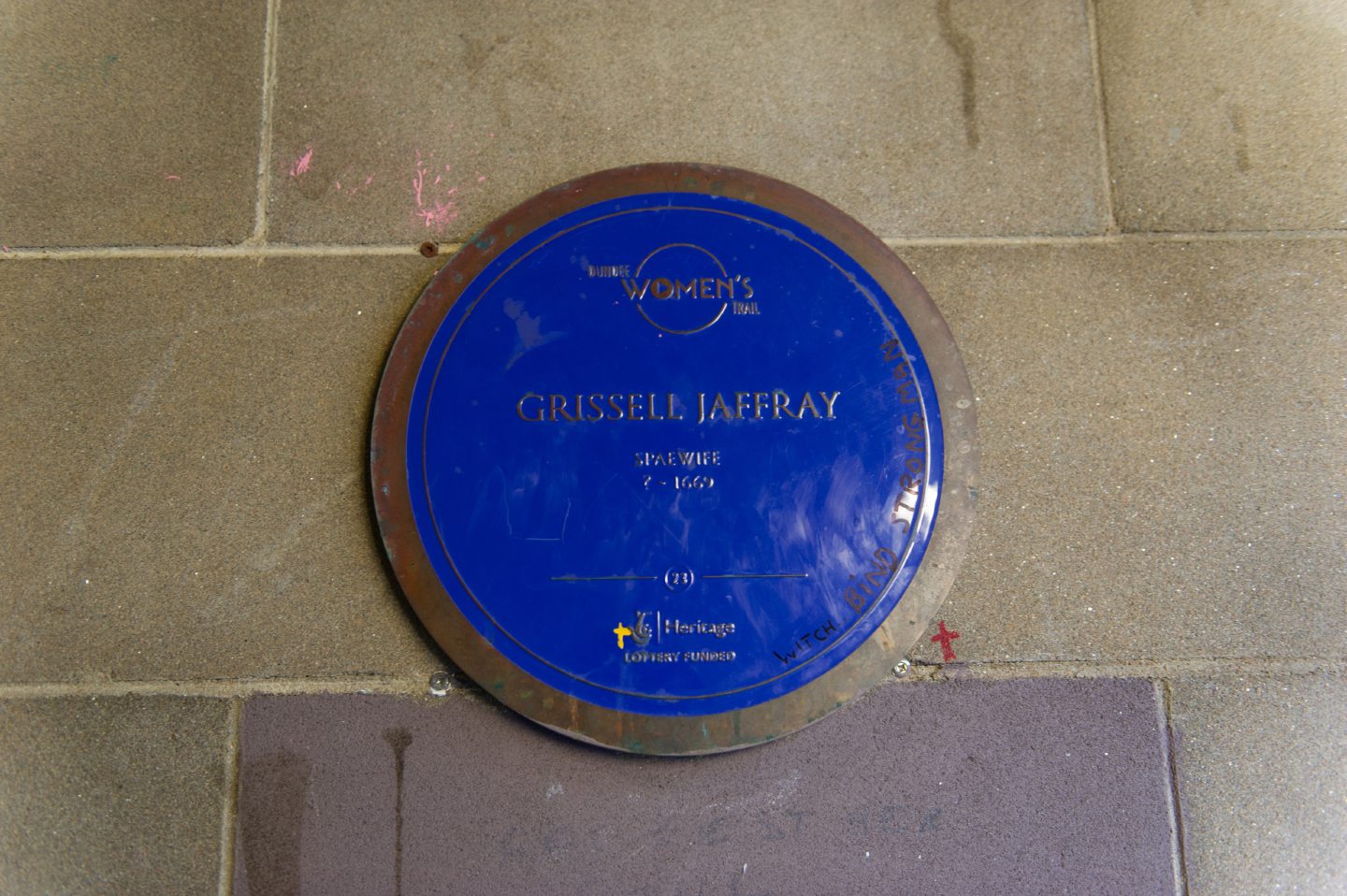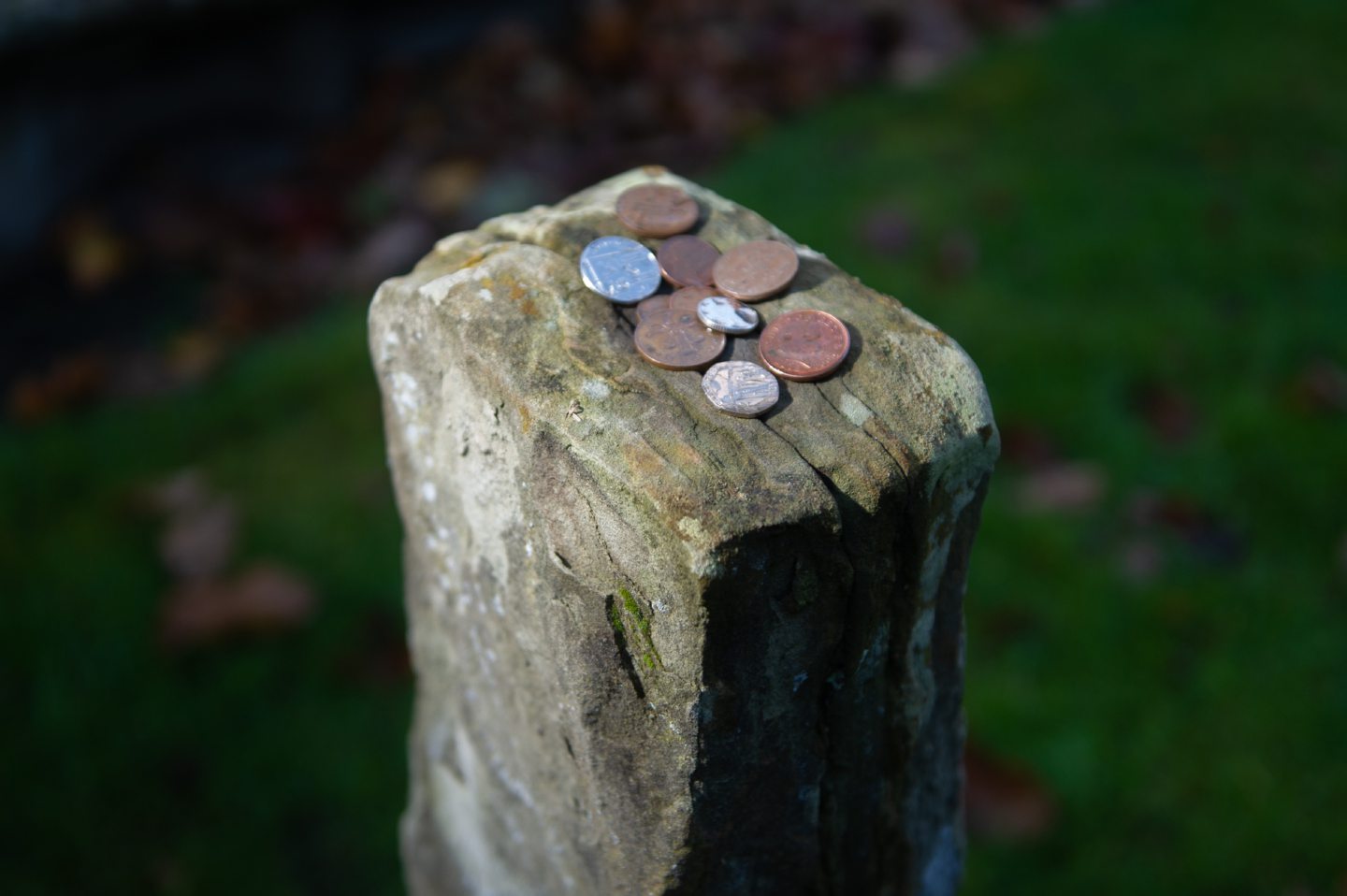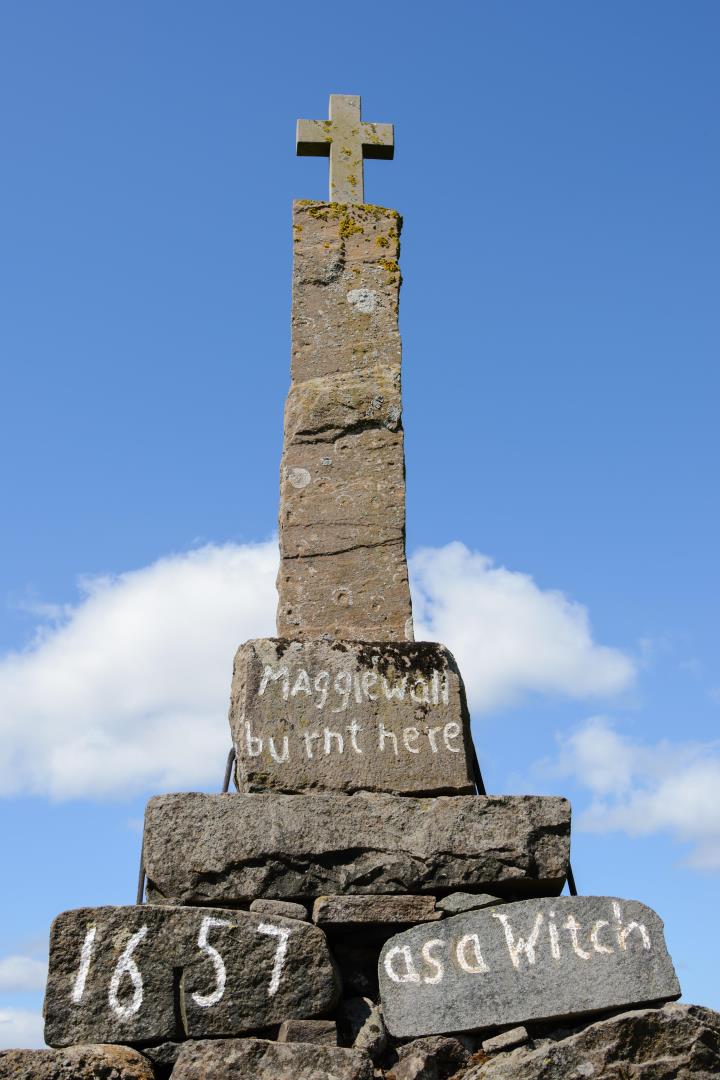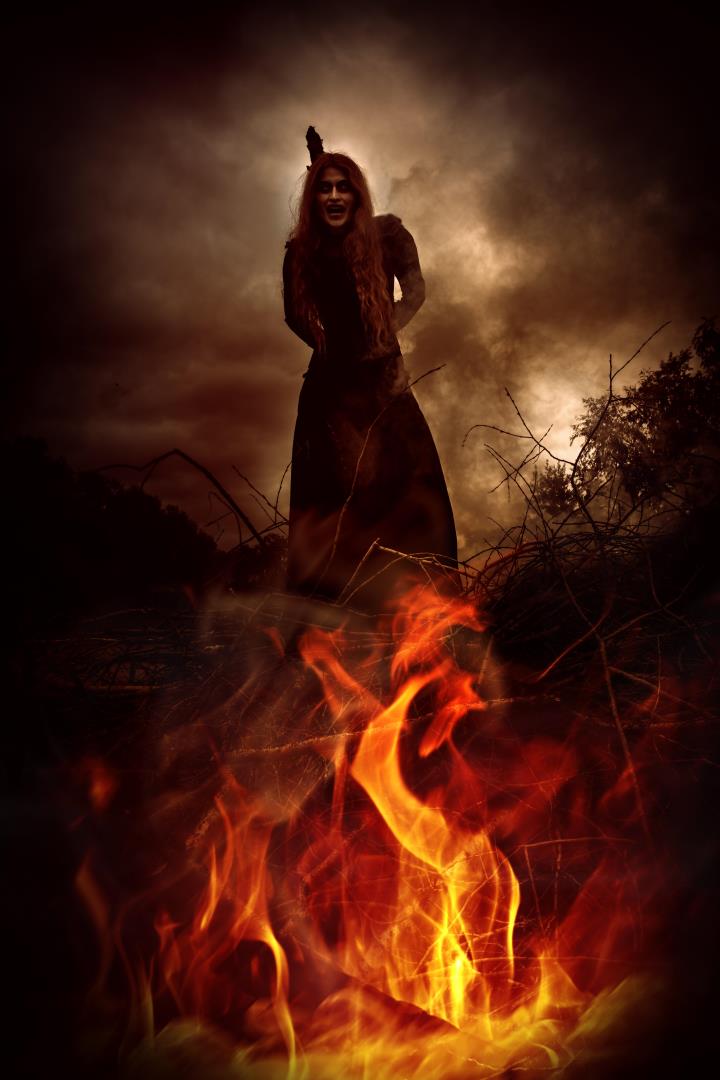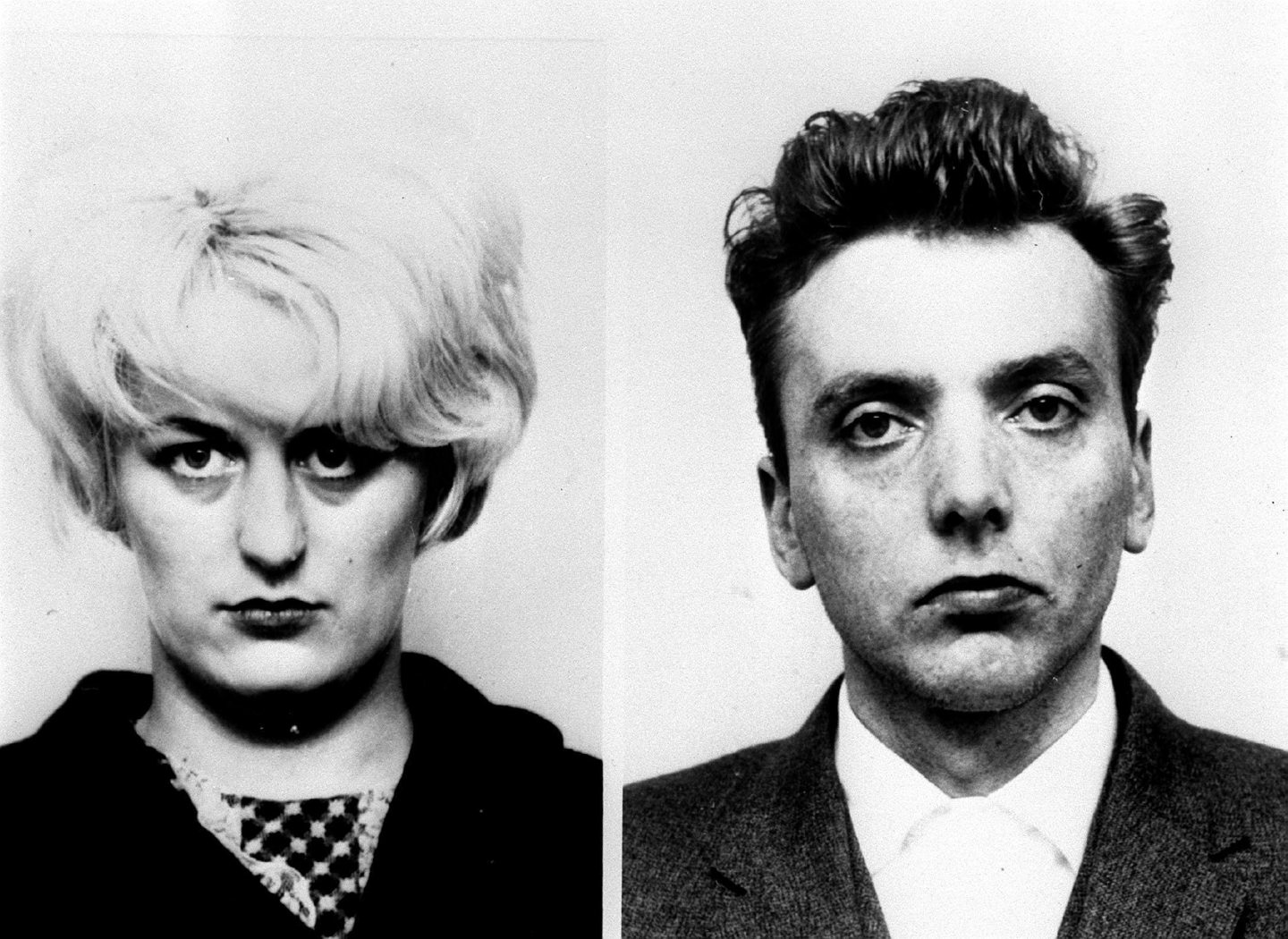In 1669 Grissell Jaffray was strangled and burned at the stake, her crime? She was accused of having the ability to see into the future.
In other words she was a suspected witch.
In 1563, consorting with witches, devils and spirits – alongside witchcraft itself – was made an offence punishable by death when The Scottish Witchcraft Act of 1563 was put in place.
Throughout the 16th and 17th centuries many women were accused of witchcraft for behaviour such as gossiping or acting out of jealousy.
Periodic ‘witch-hunts’ often targeted women who performed ‘suspicious’ acts such as mixing herbs or chanting verse.
Grissell would be the last witch killed as punishment in Dundee, however, she was definitely not the first to be accused.
We take a look into the history of alleged witchcraft in the local area and hear the horrifying stories of some of the women killed because of alleged black magic.
Dundee’s last witch
Little is known about Grissell’s early life. She was born in Aberdeen sometime in the late 1500s although moved to Dundee and married city burgess James Butchart in 1615.
Despite the infamy of Grissell’s death, not much is known about the exact crimes she is said to have committed as the records were seemingly burned in a fire.
And before the accusations, she was known as a reputable citizen.
She was, however, known as a Spaewife – a Scottish term for a women who could apparently see in to the future – otherwise known as fortune tellers.
The only records that remain are the names of her accusers, who were three leading ministers in the Dundee Presbytery at the time: Harry Scrymsour of St Mary’s, John Guthrie of South Church and William Rait of Third Charge.
When Grissell was interrogated she also accused several others of being witches before being sent to trial by Dundee Privy Council on 11 November 1669 where she was found guilty.
Her husband is also believed to have been accused, but was set free and eventually died in the poor house.
As was common practice at the time, Grissell was strangled before being burnt at the stake.
Today a mosaic that depicts her punishment, along with a small plaque, can be seen on Peter Street in the Seagate.
It is claimed that on the day of her execution, Grissell’s son sailed into Dundee only to be told that the smoke rising above the city came from his mother’s burning body.
He turned and sailed away, never to be seen again.
It is also claimed that the Convener’s Stone in Dundee’s Howff cemetery marks her final resting place with locals and tourists alike giving offerings to her by placing coins on top of the stone.
Perthshire’s Maggie Wall
While we have records proving the existence and death of Grissell Jaffray, there are no public records relating to Maggie Wall.
However, many believe in her life and death, with the Witch’s Monument located near Dunning in Perthshire supposedly dedicated to her.
There are a number of theories about her identity. One suggests she was involved with a member of the powerful Rollos family that lived in Duncrub Castle.
The theory goes on to claim Maggie had an affair with one of the family members who would then go on to build the monument out of guilt.
Another suggests she was part of a mob of over 100 women who attacked a group from the Presbytery of Perth who set out to discipline a minister, Rev George Muschet.
The group of women wanted to protect the reverend from being disciplined, but it is thought that Maggie Wall was split from the group.
Upon being caught she was made an example of and burnt as a witch.
Records show that six alleged witches were executed near Dunning in 1663, and that an alleged warlock, Johnnie Gothrie, was tried there in 1657.
The skull of Maggie Wall is claimed to be on display in the Saracen Head pub in Gallowgate, Glasgow.
Despite these theories, it is unlikely that Maggie Wall ever did exist due to the huge array of records kept during the Scottish witch trials.
Many are still available to this day, but there is no record of a Maggie Wall in the area at all.
A cenotaph to all women burned
The Witch’s monument in her name stands 20ft high and is made of stones with iron connectors and resembles a cairn.
It has a stone cross on the top and bears the painted inscription “Maggie Wall burnt here 1657 as a witch”.
It is the only known monument erected in memory of a witch in Scotland, with the first record of it appearing around 1800.
But exactly when the monument was erected is contested. A number of mysteries continue to surround it to this day, including who re-paints the inscription.
Author Geoff Holder tried to shed new light on Maggie Wall and the monument in his book Paranormal Perthshire.
He concluded that the it was very likely a folly or cenotaph to all the women burned as witches in Dunning, with Maggie Wall being a composite figure, named after the surrounding land.
The monument is also known to have been visited by the “Moors murderers” Myra Hindley and Ian Brady in September 1965.
The pair had already killed four children at the time of their visit with the pair posing in front of the monument and witchcraft obsessed Ian stealing a stone from it.
The Crook of Devon coven
Most of Scotland’s witch-hunting was concentrated in a few intense periods of panic lasting a year or two, and the majority of it took place in the Lothians, Strathclyde or Fife.
But in 1662, at the height of the biggest witch-panic of them all, the so-called ‘great’ witch-hunt of 1661-2, the horrors of witch-persecution came to Kinross-shire, and in particular to Crook of Devon.
Here, the discovery of an alleged witches’ coven led to a series of dramatic trials – with tragic consequences.
Thirteen people stood trial between April and October 1662 accused of casting evil spells and even communing with Satan himself.
The accused were Agnes Murie, Bessie Henderson, Isabel Rutherford, Robert Wilson, Bessie Neil, Margaret Lister, Janet Paton elder and younger, Agnes Brugh, Margaret Hoggin, Janet Brugh, Christian Garvie and Agnes Pittendreich.
Margaret Lister was accused of ‘visiting the falling sickness’ – the 17th century term for epilepsy – on several people around Crook of Devon who had angered her.
Janet Paton elder supposedly cursed a horse belonging to an Andrew Huston after it destroyed some of her property, with the horse quickly sickening and dying.
Agnes Muire allegedly targeted a man named Henry Anderson, whom she struck dumb (apparently by offering him some enchanted snuff) after he had failed to fertilise her fields with lime.
The big accusation that they communed with Satan was also a major part of the trial as the Devil was central to Scottish witch-belief – it was assumed that witches gained their power by signing up as his servants.
The Crook of Devon confessions said just that, and the accused parties alleged that the Devil appeared to them in the form of a man, and usually offered them power or riches for becoming his servant.
The witches would renounce their baptism and pledge themselves instead to Satan.
The 13 were suspected of forming their own little cell, and when they came to trial, their confessions near-unanimously suggested exactly that.
As a result, they were almost all convicted and sentenced to death by the traditional method – strangled to death by the hand of the hangman, and thereafter their bodies were to be burnt to ashes.
